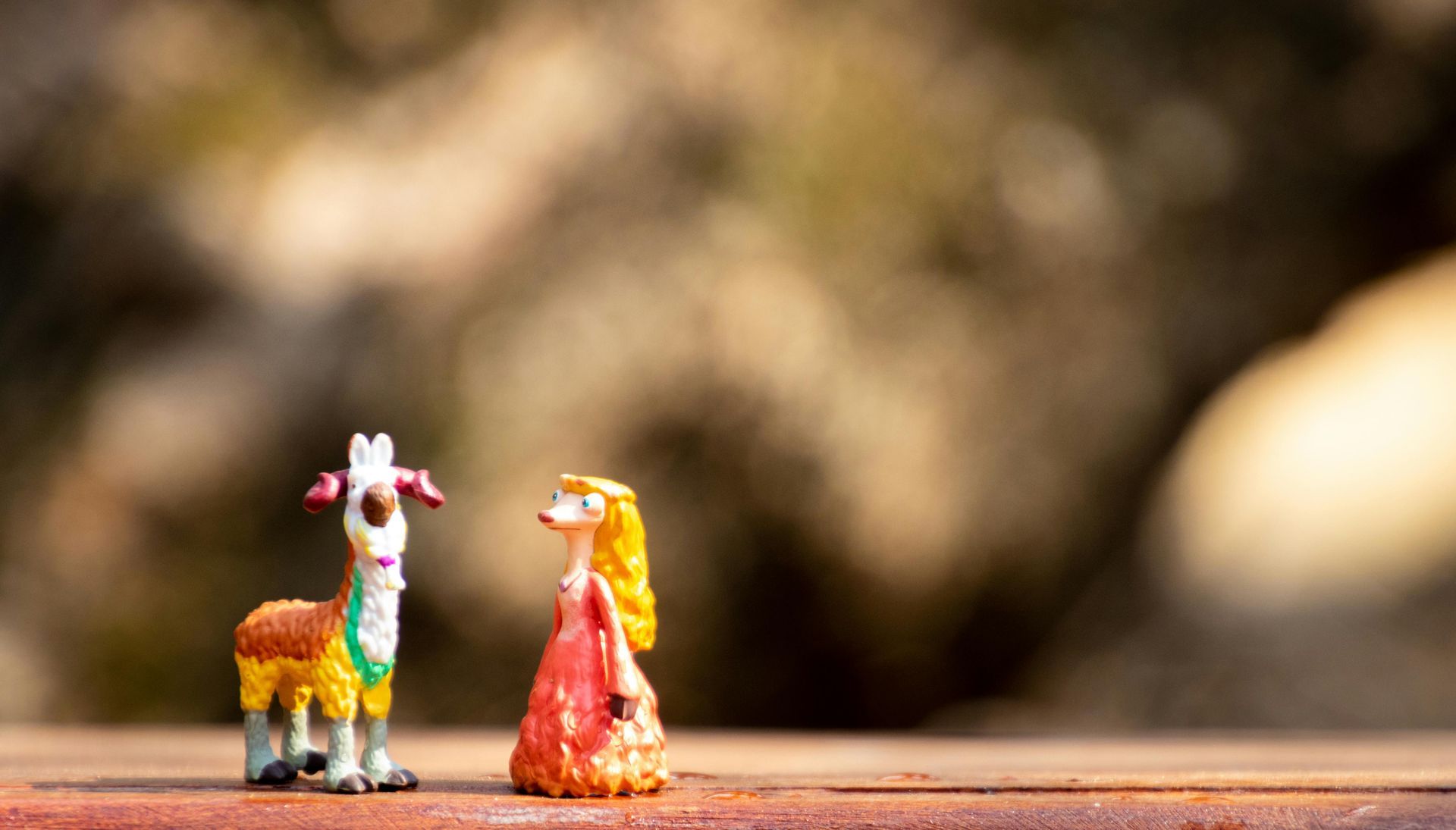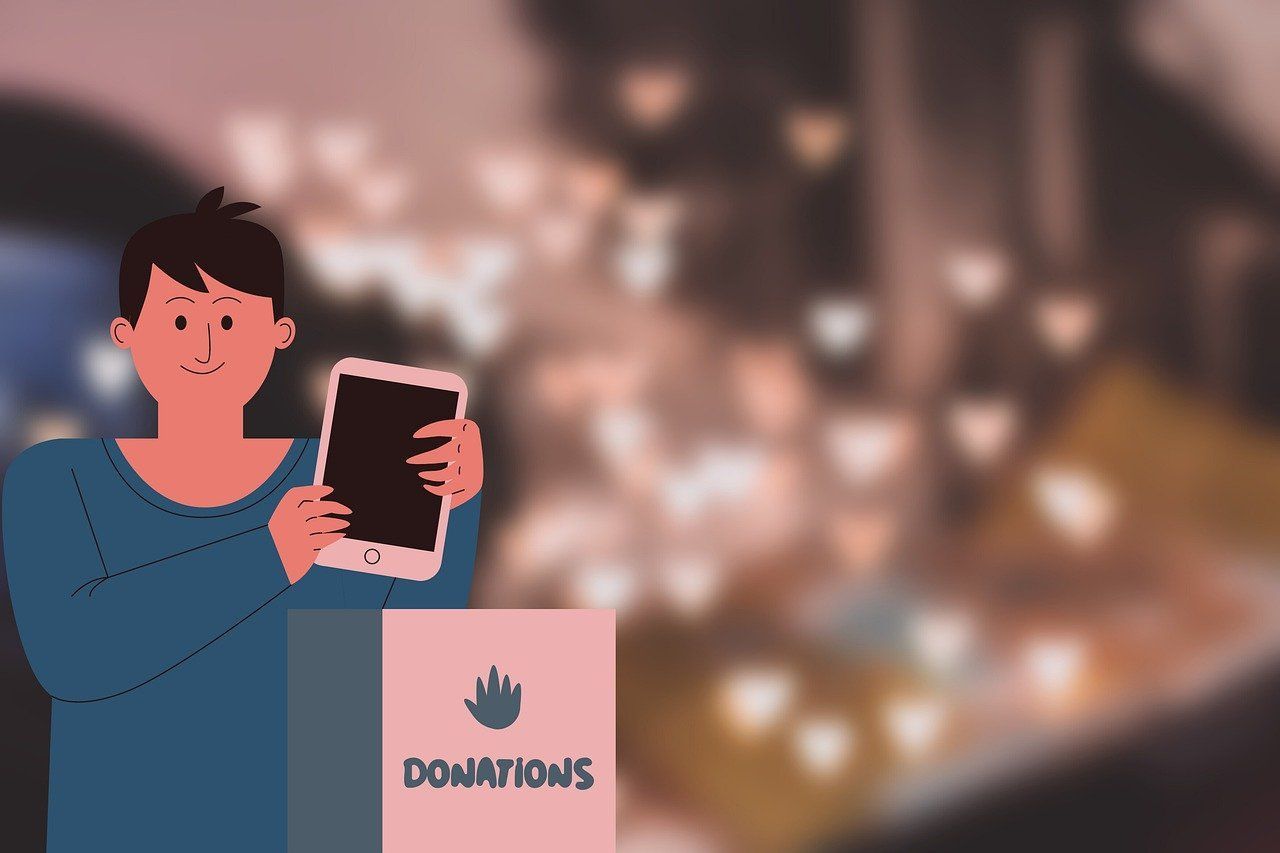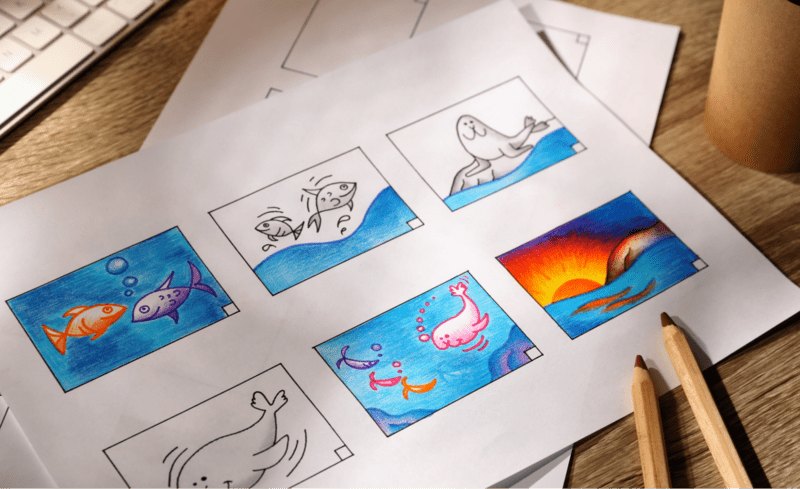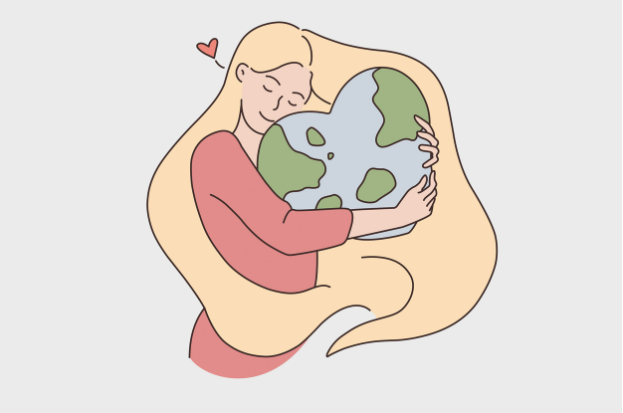How Can You Tell if a Video is AI-Generated?
If you haven’t been duped by an AI video, you soon might be. The technology is rapidly improving, becoming more realistic by the day, and previous blunders – like Marvel’s AI-generated title sequence for Secret Invasion – might become long-forgotten history.
Pledges have been made to watermark content produced by AI, most recently by a coalition of big tech companies including Google, Microsoft, Meta and Amazon. And government bodies have suggested other measures might be taken in an effort to crack down on deepfakes and copyright infringement.
In the meantime, is there any way to detect if a video is AI-generated? Squideo have put a few tips together to help you out. In the meantime, if you want to support humans in this battle with AI – get in touch with Squideo today and we’ll make a video that’s perfect for you!
I Spy With My Robot Eye…
Like discerning fake news from genuine headlines, spotting AI-generated content takes concentration. There are a few things to look out for, but if you don’t look closely enough you could be fooled.
1. Painting with Watermarks
Some AI-generators already add watermarks to their content, such as DALL-E2 which places five coloured squares on every image downloaded from its website. Users of this site, and others like it, can get around this function however and the website doesn’t prohibit using their generated content without the watermark. They merely ask users to credit AI in their posts – of course there’s no way to verify if people do.
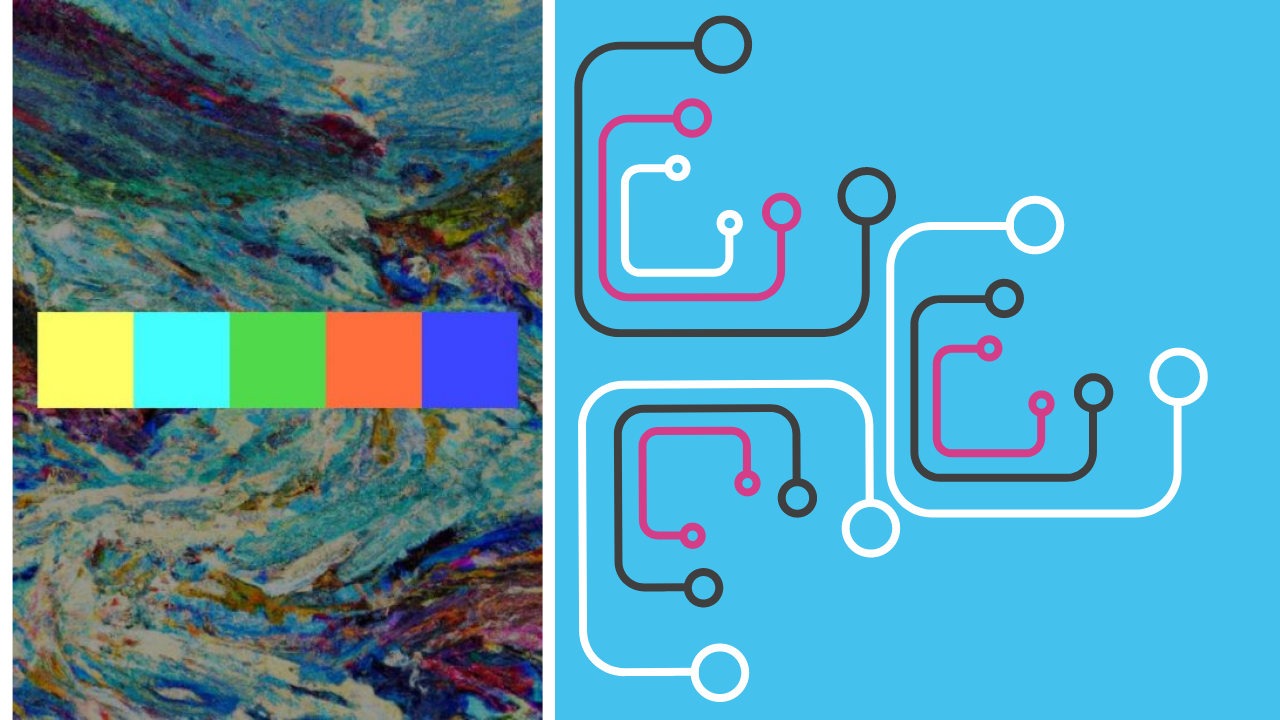
Other platforms, like Midjourney, don’t use watermarks at all.
2. Is That an Accurate Description?
Without a watermark, platforms like DALL-E2 are asking their users to be upfront and credit their technology. If you come across a video or image on social media, check the caption and comments. Users might tag the platform they used or use AI-themed hashtags. Or another user might recognise it’s AI-generated content and say so in the comments.
There are already accounts specialising in AI-generated content, so be sure to check out their profile too.
3. Living in the Uncanny Valley
Termed by a Japanese roboticist, Masahiro Mori, the uncanny valley is described as:
When the human likeness increases in an object’s design, so does a person’s affinity for the object – but only to a point. When the likeness nears total accuracy, affinity drops dramatically and it replaced by a feeling of eeriness or uncanniness.

Basically a cute toy robot designed for children seems cute. A human being is cute too. But a robot designed to look almost exactly like a human? It’s creepy. And that innate sense that something is wrong with the image you’re looking at is an ability that can help you detect AI-generated content. Some key things to look out for?
- Objects, like glasses, blending into the skin
- Faint background text that is indistinguishable
- Mismatched objects
- A blurred background that looks more like a texture
- Asymmetry in the face of characters, like different sized eyes or off-centre mouths
4. Have We Met?
We’ve talked already about the lack of uniqueness amongst AI-generated content, with artists criticising the input of their artwork into these generators without their prior consent. Some companies are already facing copyright claims in court, the outcomes of which will help set a legal precedent for this emerging tool.
Because AI-generated images are never 100% unique, it’s possible to work out their origin by checking to see if they already exist elsewhere. How? Head over to Google Images or another search engine and type in a rough description of the content you saw – you might find similar pieces credited to AI or from an infringed artist. You can also click on a result and use the “find image source” button to trace its origins.
5. Call In the Pros
The last resort? Use a GAN detector. AI generators use Generative Adversarial Networks (GAN). Plugins, websites and apps are already in development to create GAN detectors which can identify GAN content. Their accuracy isn’t perfect, so it should be used in combination with other tips on this list, but like AI it’s quickly improving.
“As [AI] progressively goes out into the world, I think the most important thing is being able to detect what’s real and what’s not. Not so much by the human eye, but by services.” Ari Melenciano, 2023
Work With Us
Ready to create a unique video of your own? Watch the video below to get a better understanding of how Squideo can help promote your business, then get in touch with us to find out more!



